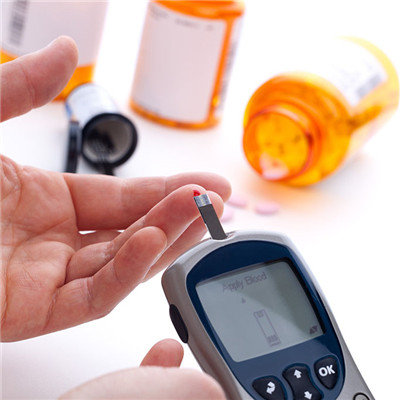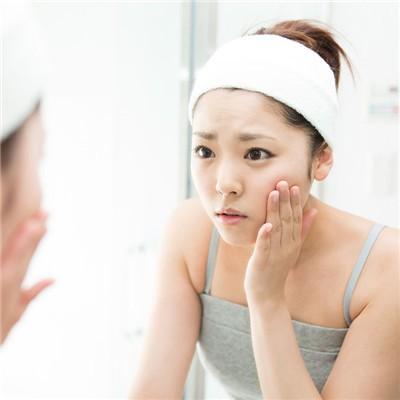Senile cataract symptoms?
summary
Cataract is the most common cause of blindness and visual disability. About 25% of human beings suffer from cataract. Senile cataract is a bright killer for many old people. It is reported that most old people think that cataract is a very normal disease. They are indifferent to the pain and itch in their eyes, and do not care about the early symptoms of cataracts, which leads to blindness. There are many early symptoms of cataract, and the performance is not the same, which requires a certain understanding of the early symptoms of cataract, early prevention and myopia treatment. Let's talk about the symptoms of senile cataract?
Senile cataract symptoms?
The vision of cataract patients is gradually blurred, and sometimes they feel that the aperture around the light and the color of the object are not bright enough. If you drive at night, you will feel uncomfortable or irritable due to the glare of the headlights coming from the opposite side. But generally speaking, the development of symptoms is rather slow, and depends on the location of the most turbid lens and its development process.

In the early stage of cataract, the lens swells due to absorbing more water, and its epithelial cell gap is enlarged and filled with micro water droplets. When the patient looks at the light, the light will refract through it and present color halo, commonly known as siphon.

If the lens opacity begins in the central part, the light intensity and pupil shrink in the daytime, the light entering the eye is blocked, so the day blindness occurs; If the lens opacity is located in the peripheral part, the dark light entering the equatorial retina is blocked at night, and the rod-shaped visual cells in the equatorial retina are used for special liquid vision, so night blindness will occur.

matters needing attention
People who often work outdoors, are engaged in outdoor work and have been exposed to the sun for a long time should take measures to reduce the radiation of the sun to the eyes and the photochemical damage of ultraviolet rays to the lens. Generally, the quality of sunglasses can block 90% of the ultraviolet rays into the eyes, so as to achieve a good preventive effect.













